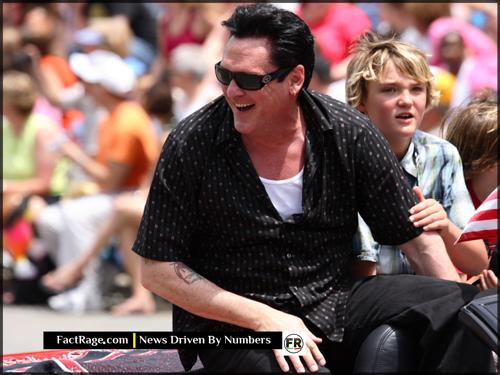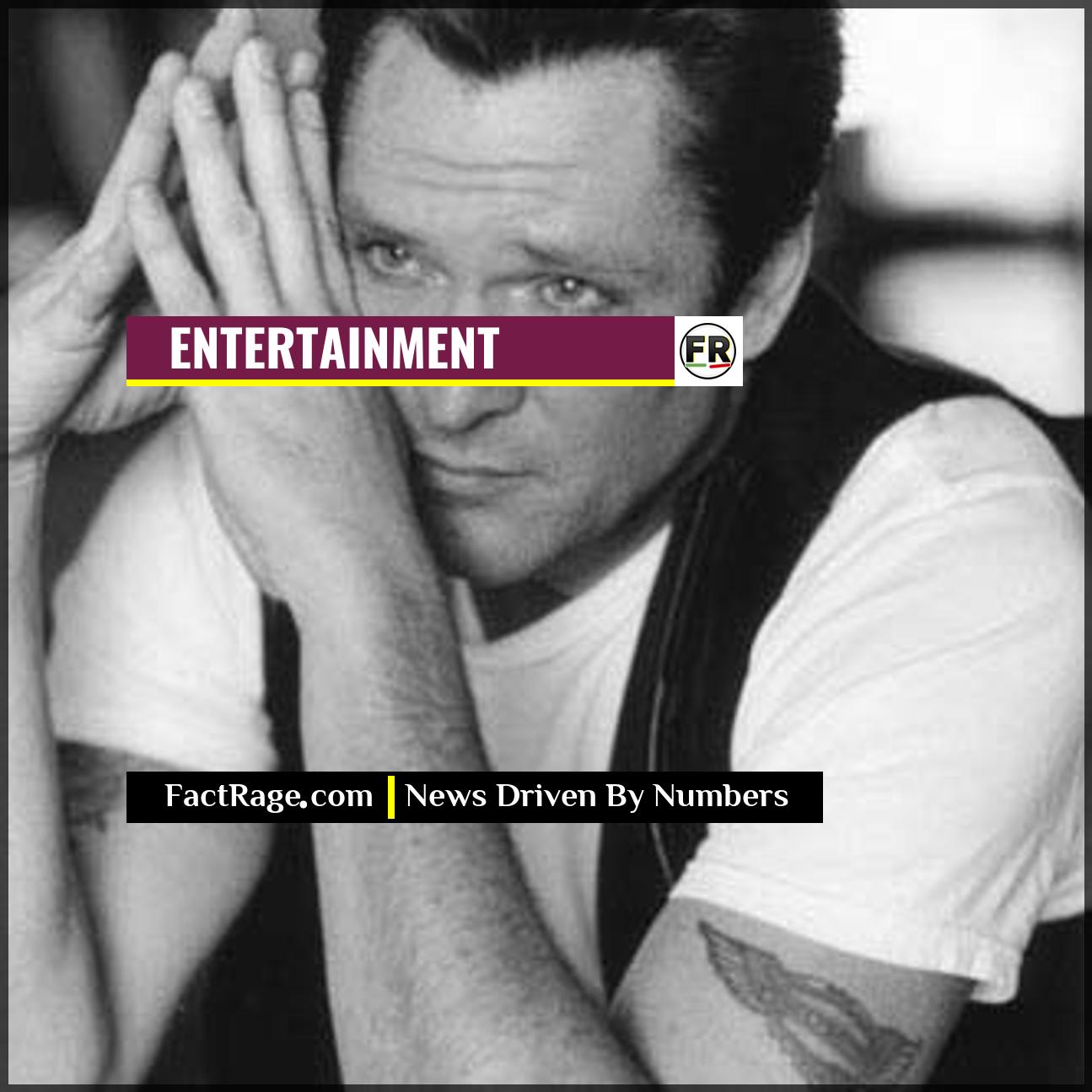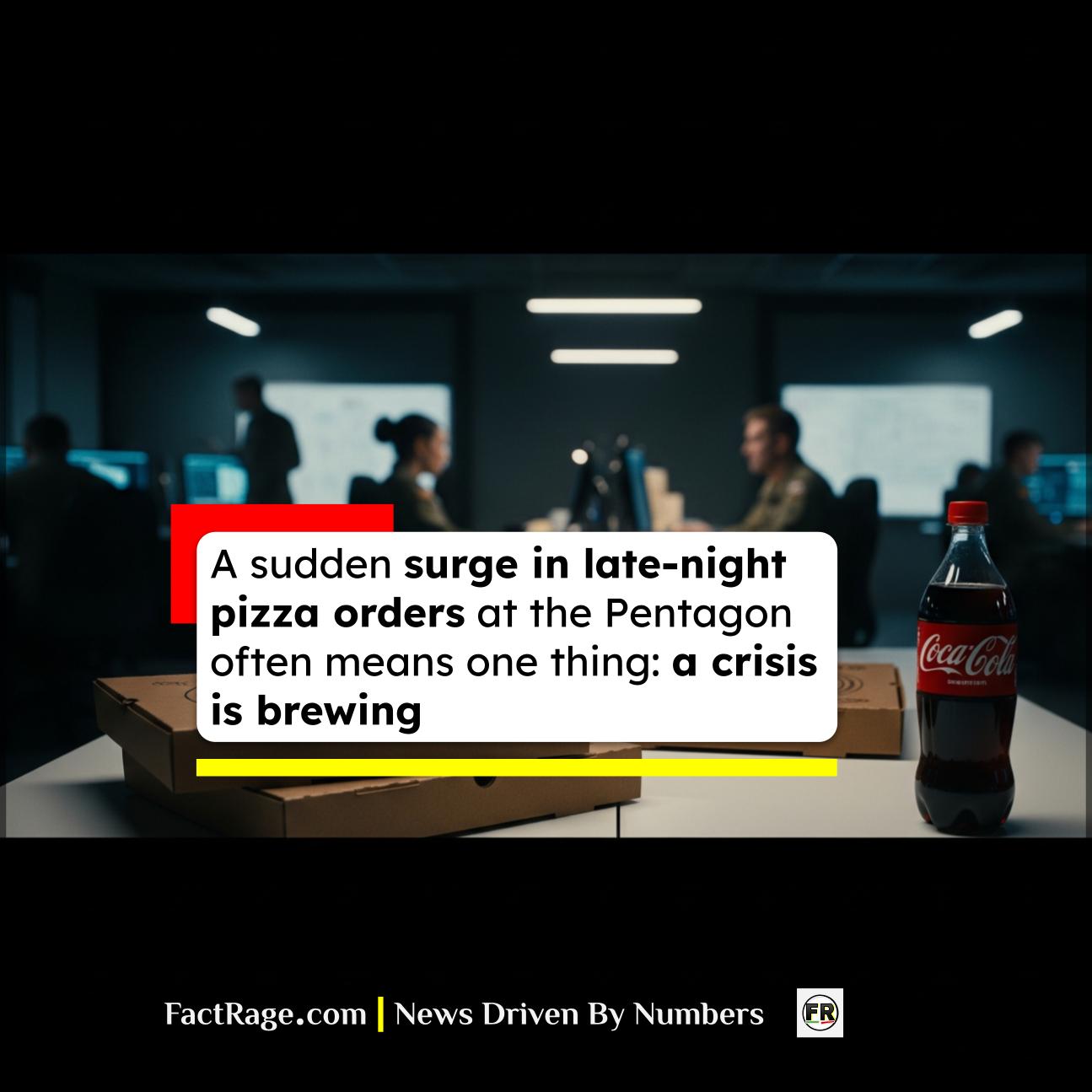HOLLYWOOD – Actor Michael Madsen, whose chillingly charismatic performance as the razor-wielding Mr. Blonde in ‘Reservoir Dogs’ created a new archetype for the cinematic anti-hero, has died.
- An Enduring Archetype – Madsen’s portrayal of Vic Vega, or “Mr. Blonde,” in Quentin Tarantino’s 1992 film ‘Reservoir Dogs’ established a blueprint for the “cool but psychopathic” villain that influenced independent film for decades.
- A Prolific Career – While best known for his Tarantino collaborations, including ‘Kill Bill,’ Madsen’s career spanned more than 170 film roles, often playing tough guys, gangsters, and characters on the edge of society.
- Cultural Resonance – His on-screen persona tapped into a cultural fascination with charismatic but dangerous figures, making his characters both terrifying and unforgettable, securing his place in pop culture history.
The news of Madsen’s passing prompts a look back not just at a prolific career, but at the specific cultural moment he captured and defined on screen.
How a Dance with a Razor Blade Redefined the Movie Villain

For many, the defining image of Michael Madsen is not of the actor himself, but of Vic Vega—Mr. Blonde. In Quentin Tarantino’s 1992 debut ‘Reservoir Dogs,’ Madsen strolls into a warehouse, soda in hand, flicks on a pop radio station, and calmly tortures a captured police officer. The scene, set to the upbeat folk-rock of Stealers Wheel’s “Stuck in the Middle with You,” was a cultural earthquake. It wasn’t just the graphic violence that was shocking; it was the casual, almost bored cruelty with which it was delivered.
Prior to this, movie psychopaths were often portrayed as visibly unhinged or monstrously evil. Madsen’s Mr. Blonde was different. He was cool, handsome, and charismatic. His violence wasn’t born of rage, but of a detached, amoral sense of amusement. This juxtaposition of style and sadism created a new cinematic language for villains. It suggested that evil wasn’t always obvious and could be packaged with an unnerving swagger. This single performance provided a blueprint that would be imitated throughout the 90s independent film boom and beyond, permanently altering the DNA of the on-screen antagonist.
What Made Madsen’s On-Screen Menace So Compelling?
What was the formula behind Madsen’s signature persona? It was a combination of his physical presence, a distinctive gravelly voice that suggested a lifetime of hard living, and an air of profound weariness. His characters often seemed tired of the world, which made their sudden bursts of violence all the more jarring. He wasn’t just playing a tough guy; he was playing a man who had seen it all and was unimpressed by any of it, including the sanctity of human life.
This persona was honed across numerous roles. As the world-weary assassin Budd in Tarantino’s ‘Kill Bill: Vol. 2,’ he brings a tragic depth to a character who is, by any measure, a monster. Working a dead-end job as a bouncer, Budd is a villain in decline, but no less dangerous for it. In films like ‘Donnie Brasco’ and even his small but memorable part in ‘Thelma & Louise,’ Madsen brought a specific, grounded intensity. The question for the audience was never if his characters were dangerous, but when that danger would reveal itself.
Why Does the ‘Cool Psychopath’ Archetype Still Resonate?
The archetype Madsen helped forge has become a cornerstone of modern storytelling. The “cool psychopath” is a direct ancestor of the complex, often-sympathetic anti-heroes that dominate today’s prestige television. Characters like Tony Soprano or Walter White, who mix monstrous deeds with relatable human flaws, walk a path first paved by figures like Mr. Blonde.
Madsen’s performances gave filmmakers permission to explore the charisma of evil. His work demonstrated that an audience could be simultaneously repulsed and captivated by a character. This exploration of moral ambiguity, the idea that the most terrifying people can also be the most charming, tapped into a deep-seated cultural fascination that has not faded. His influence is visible in countless villains and anti-heroes who blend style with menace. Through his unique and unsettling screen presence, Michael Madsen left an indelible mark on how stories about good and evil are told.














